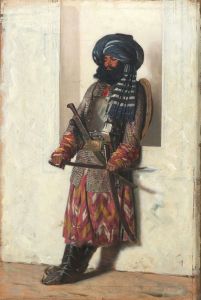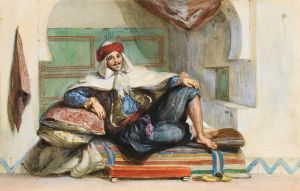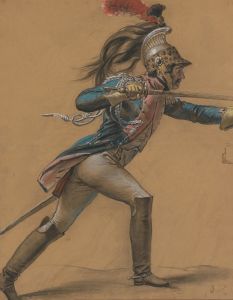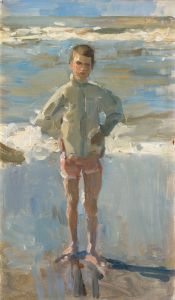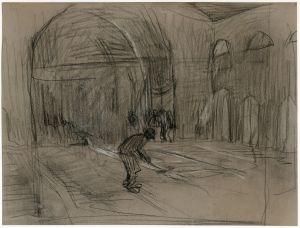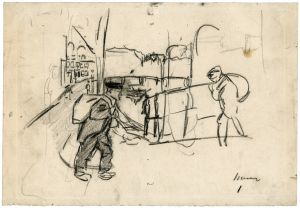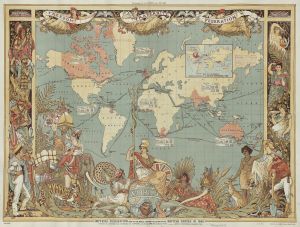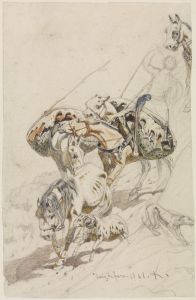
Transport of colonial soldiers
A hand-painted replica of Isaac Israëls’s masterpiece Transport of colonial soldiers, meticulously crafted by professional artists to capture the true essence of the original. Each piece is created with museum-quality canvas and rare mineral pigments, carefully painted by experienced artists with delicate brushstrokes and rich, layered colors to perfectly recreate the texture of the original artwork. Unlike machine-printed reproductions, this hand-painted version brings the painting to life, infused with the artist’s emotions and skill in every stroke. Whether for personal collection or home decoration, it instantly elevates the artistic atmosphere of any space.
Isaac Israëls, a prominent Dutch painter associated with the Amsterdam Impressionism movement, created the painting Transport of Colonial Soldiers around 1882. This artwork is a significant example of Israëls' early career, during which he focused on capturing scenes of everyday life with a dynamic and spontaneous style. The painting depicts a group of colonial soldiers boarding or disembarking from a transport ship, reflecting a moment tied to the Dutch colonial history of the late 19th century.
The soldiers in the painting are believed to be part of the Royal Netherlands East Indies Army (KNIL), a military force established by the Dutch government to maintain control over its colonies in the Dutch East Indies, now Indonesia. During this period, the Netherlands relied heavily on the KNIL to enforce colonial rule and suppress uprisings in the region. The recruitment of soldiers for the KNIL included both Dutch nationals and indigenous Indonesians, as well as individuals from other parts of Europe and Asia.
Israëls' work is notable for its loose brushwork and emphasis on movement, which give the scene a sense of immediacy and vitality. The painting captures the bustling activity surrounding the transport of troops, with figures portrayed in a naturalistic and unposed manner. This approach aligns with Israëls' broader artistic philosophy, which sought to depict life as it unfolded, without idealization or romanticization.
While the painting does not explicitly convey a political message, it indirectly reflects the realities of Dutch colonialism and the military presence required to sustain it. The scene offers a glimpse into the logistical operations of empire and the human dimension of colonial military service. Israëls' choice to focus on this subject matter may have been influenced by the broader social and political context of the time, though his primary interest appears to have been in the visual and narrative potential of the scene.
Today, Transport of Colonial Soldiers is regarded as an important work within Israëls' oeuvre and a valuable historical document. It provides insight into the intersection of art, military history, and colonialism in the late 19th century. The painting is housed in the Rijksmuseum in Amsterdam, where it is part of the museum's extensive collection of Dutch art.





